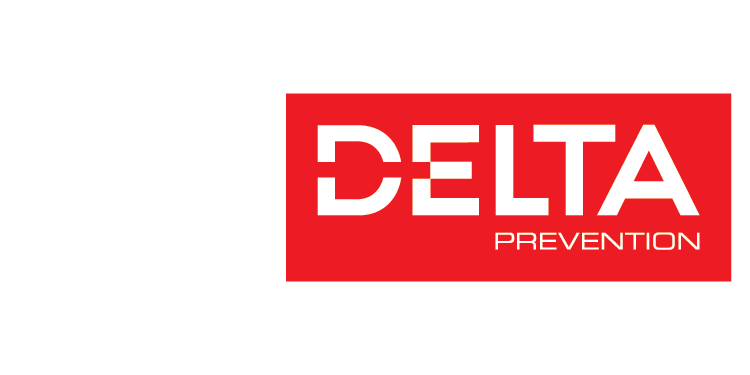In today’s work environment, ensuring worker safety is paramount, particularly when there is a risk of falls. Understanding the hierarchy of fall protection, which is part of the broader hierarchy of controls, is essential for maintaining a culture of safety across various industries.
This structured approach emphasizes a systematic method for tackling exposure to hazards, promoting safer alternatives whenever possible. By implementing this hierarchy, organizations can significantly reduce roof guard and fall protection equipment risks while ensuring compliance with the safety protocols and regulations of their country and province.
These measures are especially important in high-risk facilities such as construction sites, warehouses, and maintenance areas, where falls remain among the top workplace dangers.
A Closer Look at Each Tier of Fall Protection

1. Elimination
The first and most effective method in the hierarchy is the elimination of hazards. This involves completely removing the risk from the workplace, making it the most powerful protective measure. This may include redesigning a process so that workers never need to operate at height.
Although not always feasible, elimination should always be the top priority when selecting protection methods.
2. Passive Fall Protection
When elimination isn’t possible, passive fall protection systems come into play.
These include guardrails and temporary guardrail systems that provide continuous protection without requiring active participation from workers. Permanent guardrails are ideal for long-term applications on rooftops or mezzanines, while temporary guardrails, such as modular systems, are perfect for construction sites or short-term maintenance work. Both options offer durable, reliable fall protection that can be adapted to various work environments.
Additionally, the VSS SafetyLine is another example. Designed to establish a clear visual safety perimeter between work zones and fall hazards, this warning line system must be fully compliant with RSST and OSHA standards. As a permanent warning line, it serves as a visual barrier to alert workers of dangerous areas, reminding them to exercise caution or follow specific safety protocols beyond the designated boundary.
These safety solutions are preferred when the environment allows, offering a consistent and reliable barrier against falls.
3. Fall Restraint
Fall restraint systems are designed to prevent workers from reaching areas where a fall could occur. These systems typically include a combination of anchorage points, body harnesses, restraint lanyards, and lifelines.
Unlike fall arrest systems, fall restraint devices keep the user at a safe distance from the edge, eliminating the risk of falling altogether. It’s a proactive approach to working safely at height.
4. Fall Arrest
If exposure to heights can’t be eliminated or restrained, fall arrest systems are the next line of defense. These systems, including full-body harnesses and anchors, are designed to stop a fall in progress.
However, they require detailed planning, including worker training, regular equipment inspections, and a comprehensive rescue strategy to ensure effectiveness.
5. Administrative Controls
At the base of the hierarchy are administrative controls. These include safety protocols, training programs, and clear communication about risks and responsibilities. While important, these controls should not be the sole method of protection.
To be effective, they must be used in combination with physical safety measures.
Applying Fall Protection Strategies Across Industries
Different industries face unique challenges when it comes to fall safety. Here is how effective fall protection strategies can be adapted across various sectors:
| Industry | Primary Fall Protection Strategies |
| Construction | Guardrails, safety nets, personal fall arrest systems |
| Maintenance | Fall restraint systems, metal fall protection ladder guardrails |
| Window Cleaning | Engineered anchor points, rope descent systems |
| Warehousing | Elevated platform guardrails, fall restraint for order pickers |
| Tele-communications | Climb assist systems, fall arrest for tower work |
Regardless of the industry, success lies in combining multiple protection methods, starting with the elimination of hazards and moving down the hierarchy of controls as necessary. This layered approach helps organizations create safer facilities and support long-term risk reduction.
Creating a Culture of Safety
Fall protection isn’t just about legal compliance; it’s about cultivating a strong culture of safety where every worker plays a part. This includes continuous training, routine inspections, the use of a lifeline where needed, and open discussions about the potential dangers on site.
By embracing the hierarchy of fall protection and investing in robust, practical safety solutions, companies can protect their most valuable asset—their employees—while also boosting productivity and reducing liabilities.
It’s a win-win that highlights the value of proactive prevention and thoughtful planning.
